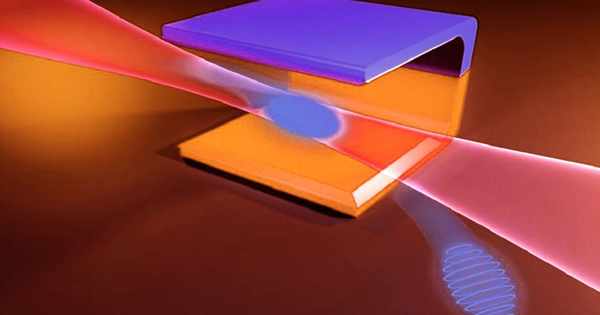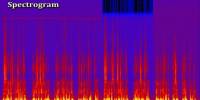Photonic molecules are a theoretical natural form of matter that can also be created artificially in which photons bind to form “molecules.” They were predicted for the first time in 2007. These elements can include photonic resonators, waveguides, or nanoparticles, among others. The term “photonic molecule” is derived from the analogy with molecular systems in chemistry, where atoms combine to form molecules with distinct properties.
Individual (massless) photons “interact with each other so strongly that they act as if they have mass” to form photonic molecules. Photons confined to two or more coupled optical cavities also reproduce the physics of interacting atomic energy levels, and have been referred to as photonic molecules in an alternative definition (which is not equivalent). The phenomenon was compared to the fictional “lightsaber” from Star Wars by researchers.
In photonic molecules, the interaction between the individual components leads to the formation of new collective optical properties that are not present in the isolated elements. This phenomenon is similar to the formation of energy bands in solid-state physics. By carefully designing the geometry, size, and materials of the constituent elements, researchers can manipulate the optical properties of photonic molecules and achieve tailored functionalities.
One example of a photonic molecule is a coupled resonator optical waveguide (CROW), which consists of an array of closely spaced optical resonators coupled to form a waveguide-like structure. The coupling between the resonators allows for the efficient transfer of light between them, enabling phenomena such as light confinement, slow light propagation, or even optical switching. CROWs have been extensively studied for applications in integrated photonics, optical communications, and quantum information processing.
Another example of photonic molecules involves plasmonic nanoparticles. Plasmons are collective oscillations of electrons in metal nanostructures, which can couple and interact with each other. By arranging plasmonic nanoparticles in specific configurations, such as dimers or trimers, researchers can engineer the plasmon resonances and enhance light-matter interactions at the nanoscale. This field, known as plasmonics, has shown promise in applications like sensing, imaging, and nanophotonics.
















